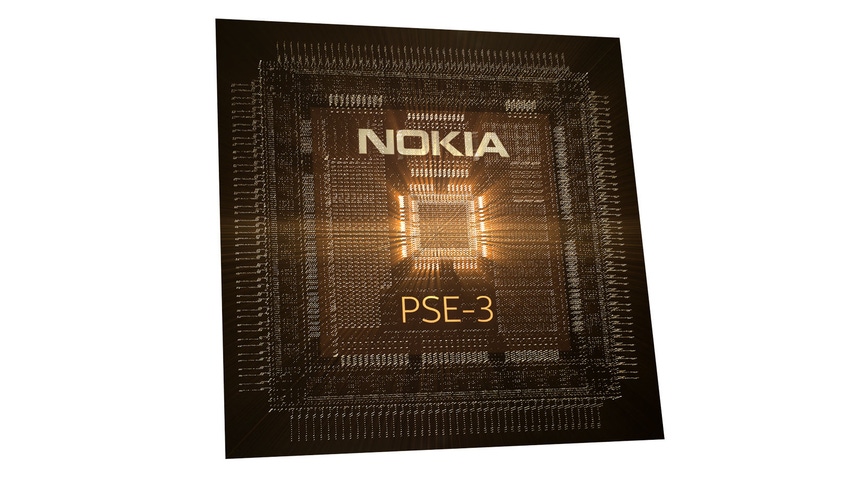It’s all about the photonic mesh in the backhaul for Rakuten’s brand new mobile network, and Nokia’s switches are going to help make it work.
March 10, 2020

It’s all about the photonic mesh in the backhaul for Rakuten’s brand new mobile network, and Nokia’s switches are going to help make it work.
Rakuten Mobile is the talk of the telecoms town these days, not only because it’s disrupting the Japanese mobile market with some aggressive pricing, but because it has built its entire network from scratch, using the latest whizzy technologies. Everything is virtualized and cloud-native, just as we’ve been talking about for years, so Rakuten is essentially showing the world how it should be done.
It’s not much good having all that cloudy agility, however, if you’re still constrained by your physical backhaul network, which is where optical mesh networks come in. Now, we’re not going to pretend to be experts on the topic, but the underlying point of them seems to be to provide much more redundancy and flexibility than traditional fixed networks.
The word ‘photonic’ seems to be interchangeable with ‘optical’, at least in this context, and Rakuten has only gone an built its own photonic mesh mobile backhaul network, hasn’t it. Everyone knows you can’t just whack regular optical switches into such a cutting-edge thing, which is where Nokia comes in. Rakuten will use the Nokia 1830 Photonic Service Switch, which is a handy deal win considering it was competing with a bunch of US companies for whom switches are their main event.
“The introduction of 5G will require a network that can support dramatic increases in bandwidth in a dynamic fashion,” said Sam Bucci, Head of Optical Networking at Nokia. “Nokia is proud and excited to partner with Rakuten Mobile to build a fully reconfigurable photonic mesh network to meet the 5G networking challenge at the lowest total cost of ownership.”
“Rakuten Mobile is creating the world’s first end-to-end fully virtualized cloud-native mobile network, delivering unprecedented network agility and disruptive economics to end users,” said Tareq Amin, CTO, Rakuten Mobile. “Nokia’s Photonic Service Engine 3 coherent chipset and integrated ROADM technology enables us to achieve unprecedented levels of integration and performance building the mobile network for 4G and 5G.”
Apparently this is also the first time ever a photonic mesh has been created for a mobile backhaul network. If even half of the boasts Rakuten is making about its network are true then NTT Docomo, Softbank and KDDI are in all sorts of bother. The theory is that all this extreme efficiency will make Rakuten’s opex much lower than its rivals, meaning they will either have to spend big on network modernization or kill their margins to compete.
About the Author(s)
You May Also Like








.png?width=300&auto=webp&quality=80&disable=upscale)


_1.jpg?width=300&auto=webp&quality=80&disable=upscale)


.png?width=800&auto=webp&quality=80&disable=upscale)